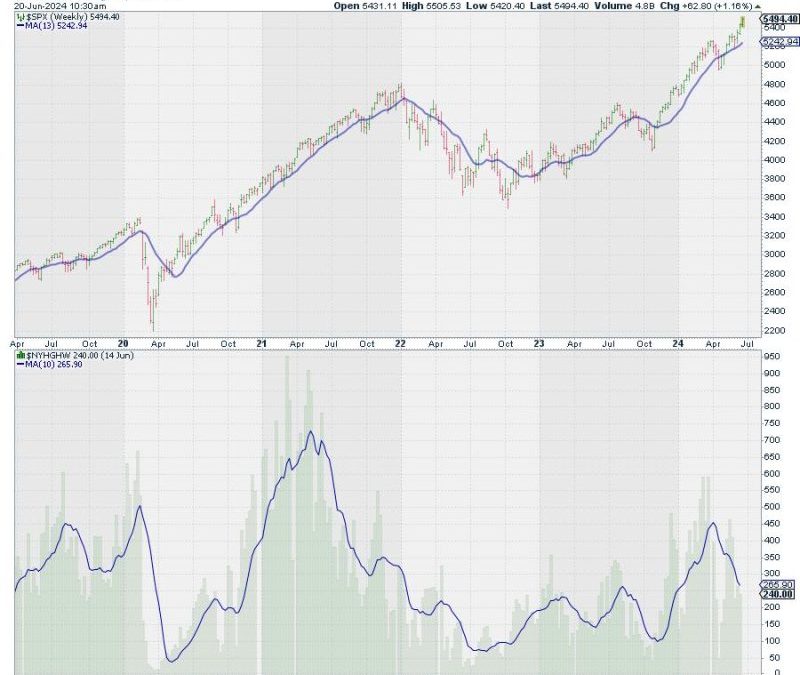
How Long Can Your Wallet Sustain the Price Payoff?
When exploring the economics of the business world, price undoubtedly plays a fundamental role. But, does price always correlate with quality, or can it merely be an aesthetic illusion? The phrase ‘price pays,’ commonly used in trading and financial spheres, suggests a correlation between price and performance or functionality. But how long does this correlation last? Perhaps not forever, as factors like changing consumer preferences, technological advancements, and market competition come into play.
Firstly, let’s evaluate the principle behind ‘price pays’. When purchasing a product or service, consumers generally assume a higher price to equate to superior quality or value. You pay more for a luxury car than for a basic model, for example, expecting better performance, comfort, and prestige. Similarly, a pricey piece of automatic equipment may promise higher efficiency compared to a cheaper, manual counterpart. Therefore, in such instances, price indeed pays, at least initially.
For businesses, the ‘price pays’ principle might be quite evident in investment decisions. Companies may choose to pay higher wages to attract talented employees or invest in sophisticated equipment for better production efficiency. In both cases, the higher price often pays off through superior performance or improved productivity.
However, it’s crucial to scrutinize ho long the ‘price pays’ principle stands. Despite the initial benefits of premium products or services, market dynamics and other influencing factors can disrupt the expected payoff of higher prices.
International market competition, for example, can significantly impact the price-performance ratio. With global companies offering comparable products or services at competitive rates, the ‘price pays’ principle might no longer hold due to substitute options. Consumers could easily switch to lower-priced options that offer equivalent value, putting the premium-pricing brands at a disadvantage.
Technological innovation is another factor disrupting the ‘price pays’ principle in the long run. With technology being increasingly integrated into products and services, price is not the sole determinant of value anymore. For instance, a budget smartphone could offer similar functionality as a high-end model due to the rapid pace of technological advancement. Thus diminishing the assumption that a higher price always aligns with superior performance.
Furthermore, changes in consumer behavior and preferences can also undermine the ‘price pays’ principle over time. With an increasing emphasis on sustainability, consumers might be less willing to pay more for products not aligned with their environmental beliefs. Thus, a high price tag does not always assure sustained consumer preference.
Finally, the ‘price pays’ principle might not stand in the face of economic instability or downturns.
